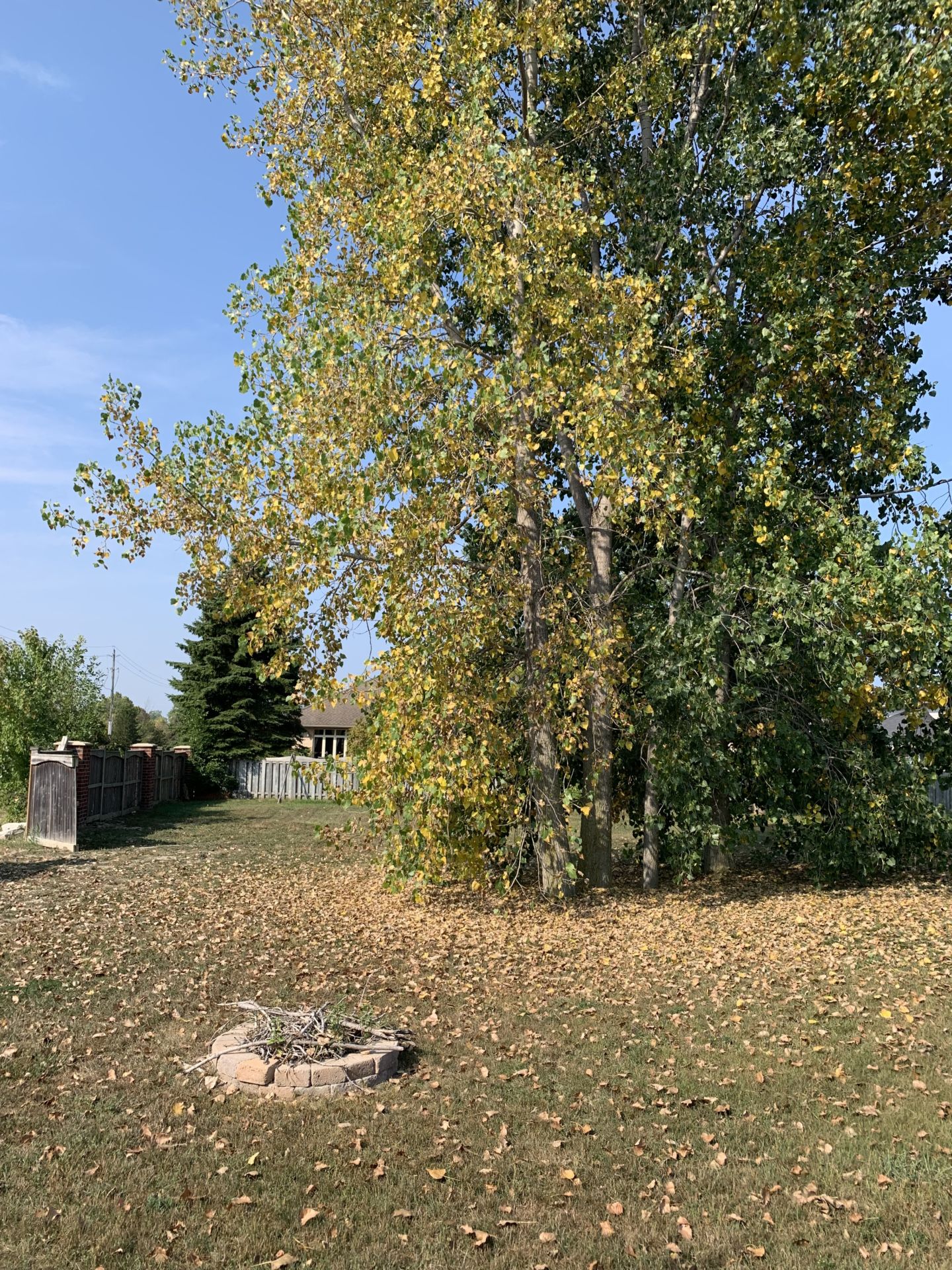September Drought
Garden Clippings for Sept 24, 2022
September has always been for transplanting. Not this one.
Lambton County is seeing one of the driest Septembers on record. That follows an August that was equally dry.
While it is too early to place bets, local farmers are fearful their soybeans and corn will give low tons per acre at harvest-time. Take a drive down a country lane and you will see soybeans that are already turning yellow and almost brown, a sign that if the skies would finally open, it would be a matter of too little, too late.
Gardeners who normally take advantage of fall’s cool and damp weather to transplant trees, shrubs and perennials would be wise to hold off until moisture in the ground is replenished. One or two quick showers won’t do the trick. We need several all-day rains for water to penetrate deep into the earth. Hopefully, fall of ‘22 is blessed with lots of precipitation, followed by a snowy winter.
Gardeners need not look far to see evidence of drought. My neighbours’ Manitoba Maples have been losing leaves since the first week in September. Poplars and Willows, notorious for water greediness, are dropping so many leaves that the ground below them is covered.
It appears as if the quick growing softwood trees are in worse shape than hardwoods. Poplars, Silver and Manitoba Maples, Tulip Trees, Willows and Sycamore are not as happy as Oaks, Beech, Hickory, Chestnut and Walnut. Conifers are coping well. Trees in sandy soil are showing more signs of stress than those in clay soil.
Ornamental flowering shrubs such as Forsythia, Spirea, Weigela and the shallow rooted Burning Bush are wilting, a sign that moisture loss through leaves is greater than moisture gain through roots.
Much like you and I deal with heat by sweating, plants have a built-in defense mechanism to cope with drought. Back in our high school days we learned that plants have stomata or pores on their underside. When moisture is plentiful, stomata open wide to release water and close up when it is time to conserve moisture.
While dry soil is the primary cause of wilting, hot sun, wind and humidity levels also play a factor. Plants growing in rich soil fare better than plants growing in sand or gravelly soil with poor nutrition.
How will a summer and fall drought affect landscape plants? My prediction for spring 2023 is that summer flowering plants such as Forsythia, Snowball, Flowering Crab, Magnolias and Lilacs will put on a flowering display like never before. Spring flowering shrubs form their flower buds during the previous summer and will respond to drought by trying to produce more offspring.
But the bad news is that some plants will not survive winter. Unless they have been watered artificially, Japanese Maples, Rhododendron, Flowering Dogwood and other marginally hardy plants may not be healthy enough to survive winter.
Unless your plants have been watered by sprinkler, or unless you are planting trees and shrubs that have been watered at the nursery, I would suggest putting off digging up and moving plants until we get a deluge of rain.


